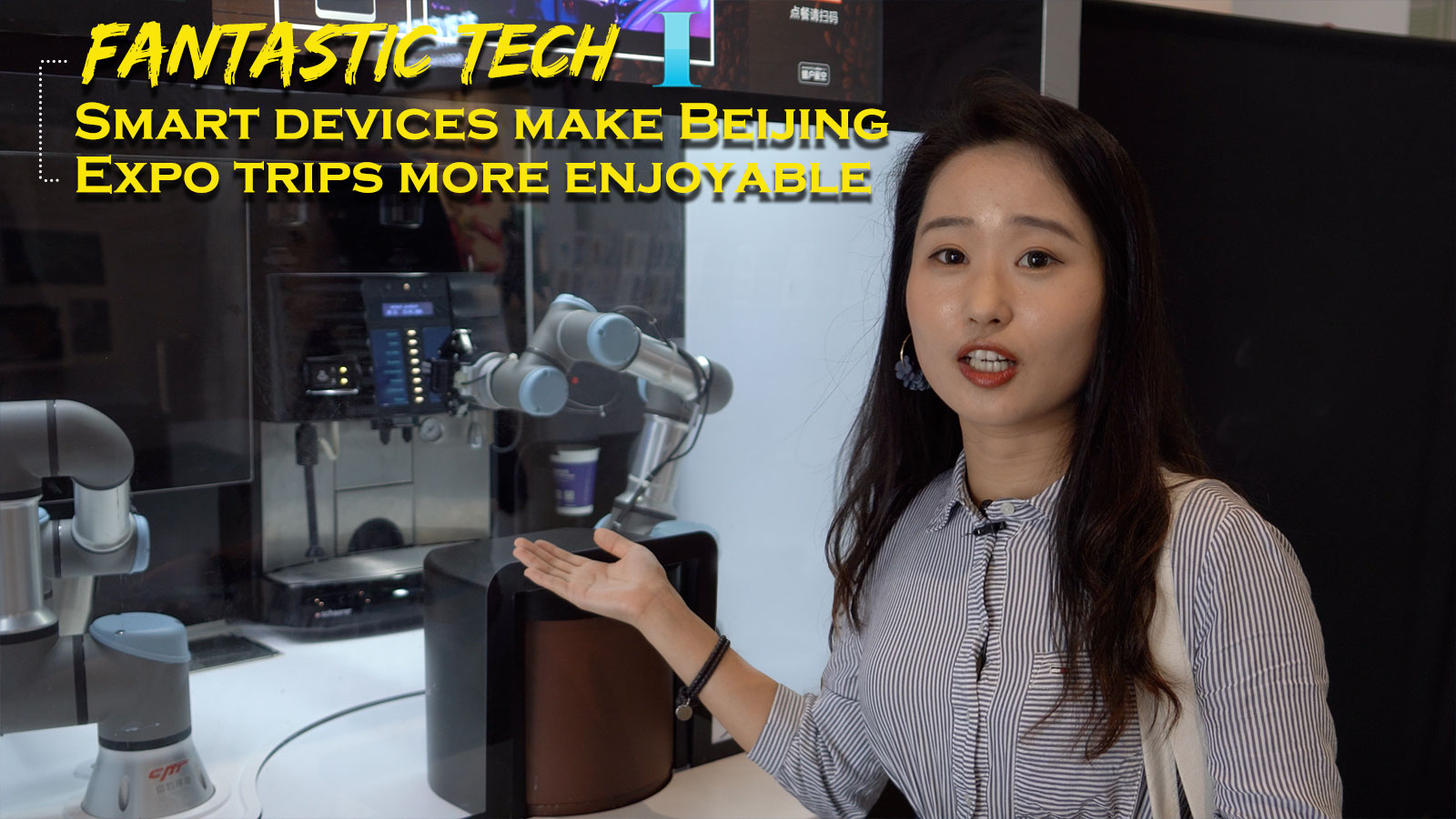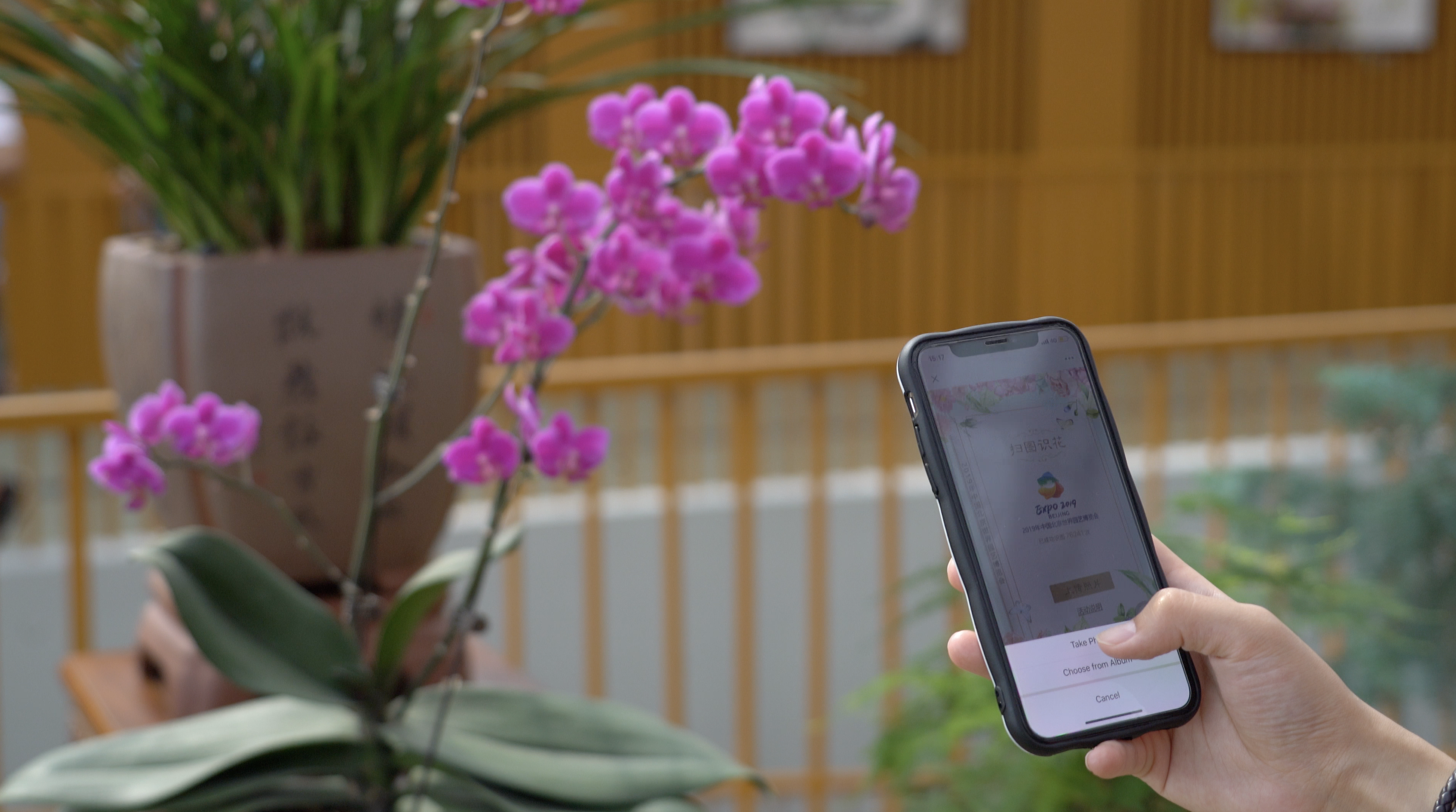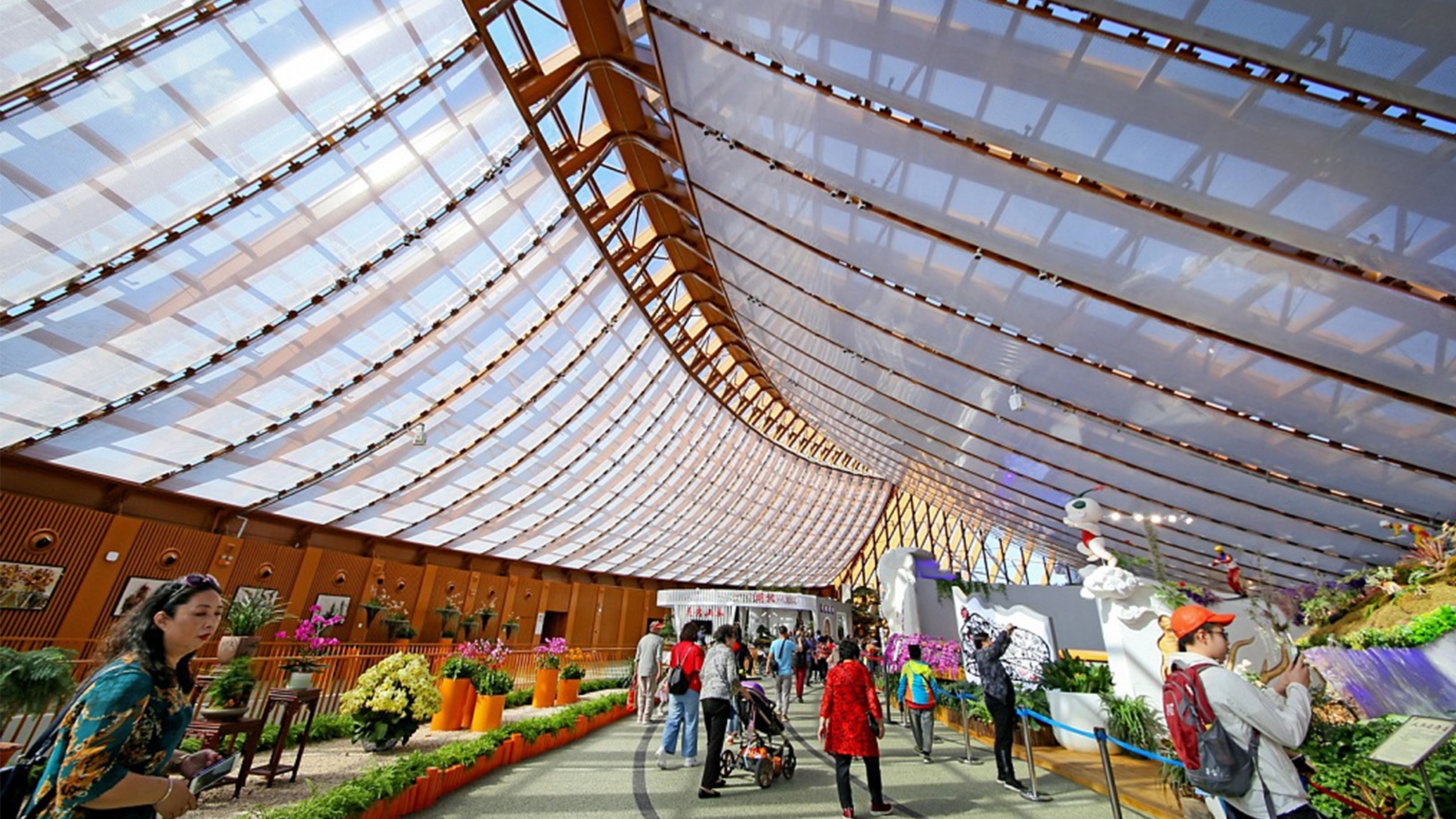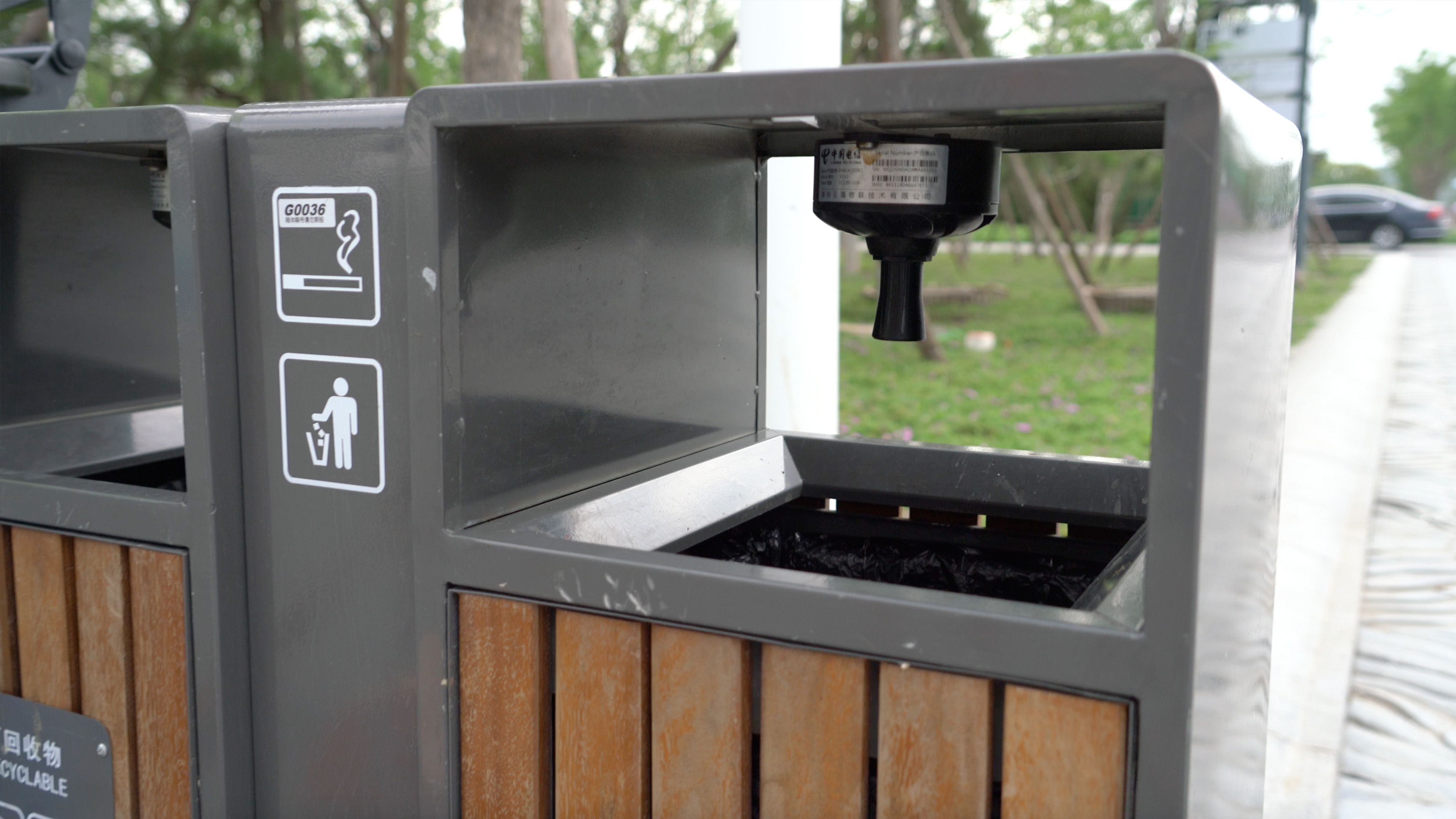

The International Horticultural Exhibition, also known as Beijing Expo 2019, kicked off in Yanqing District, northwest of China’s capital on April 27, and will run through to October 7, 2019. In these two episodes, we are going to take a closer look at the science and technology elements at the Beijing Expo 2019, and how they benefit visitors.
“Smart Expo” mobile services
Before going to the Expo, visitors can download mobile apps like “Smart Expo” or follow the Expo 2019 official account on WeChat, which can provide visitors with a full range of tour and experience services.
You can choose language settings in either Chinese or English. On the front page, there is the weather forecast for Beijing’s Yanqing district. Visitors can read through basic introductions of different pavilions and attractions, buy tickets online, and find out about some fun activities, or spots with nice food, souvenir shops, and restrooms.

Mobile services on WeChat. / CGTN Photo
With the help of a mini-program on WeChat, visitors can take photos with their phone and the image recognition system can help identify more info about different plants.
“Breathing” green architecture
The design of the China Pavilion takes its inspiration from the traditional Chinese jade ornament of good fortune, Ruyi, with the imagery of gliding along green meadows and rivers. Drawing from the wisdom of ancient dwellings on trees and in caves, the pavilion looks to convey the ideals of ecological civilization through this “living” and “breathing” green architecture.
Sunshine: The steel roof of the pavilion is equipped with 1,024 pieces of photovoltaic glass, which can generate electricity for the use of the entire pavilion.
Air: The exhibition hall adopts the technology of an external ventilation tunnel and internal free cooling system, from which the air can be pre-cooled in summer and pre-heated in winter before finally entering the electric system, significantly reduce the energy consumption of air conditioning.
Raindrops: There is a rainwater collection system on the pavilion's steel roof and a storage pond underground, which can be used for terrace field irrigation.

China Pavilion: A “living” and “breathing” green architecture. / VCG Photo
Such exquisite designs with high-tech elements are also found in other pavilions such as the International Pavilion, featuring 94 pillars in the shape of "flower umbrellas", and the colorful butterfly-shaped Performing Arts Center.
5G future city
So far, 2019 Beijing Expo’s 11 exhibition halls with a total area of over 200,000 square meters have been covered with 5G signal. Compared with 4G, 5G can reach both high speeds and low latency, significantly enhancing efficiency.
Within the park, the inconspicuous manhole covers, garbage bins and street lamps cover the sensors, turning into smart covers, smart trash bins and smart light poles. Here, if the manhole cover is loose, it will issue a warning; if the trash can is full, it will “scream” for the sanitation guard; the street lamp will detect the light intensity, and adjust the brightness automatically.

Smart garbage bin with sensor. / CGTN Photo
In the next episode, we will explore more 5G designs at the Beijing Expo, stay tuned to CGTN for more info.
On-Camera Reporter: Zang Shijie
Scriptwriter: Zang Shijie
Filmed by Xu Haoming
Video Editor: Xu Haoming
Designer: Qu Bo
Copy Editor: Henry Zheng, Oscar Margain
Chief Editor: Xu Jian, Wang Dewei
Producer: Wen Yaru
Supervisor: Pang Xinhua

Copyright © 2018 CGTN. Beijing ICP prepared NO.16065310-3
Copyright © 2018 CGTN. Beijing ICP prepared NO.16065310-3